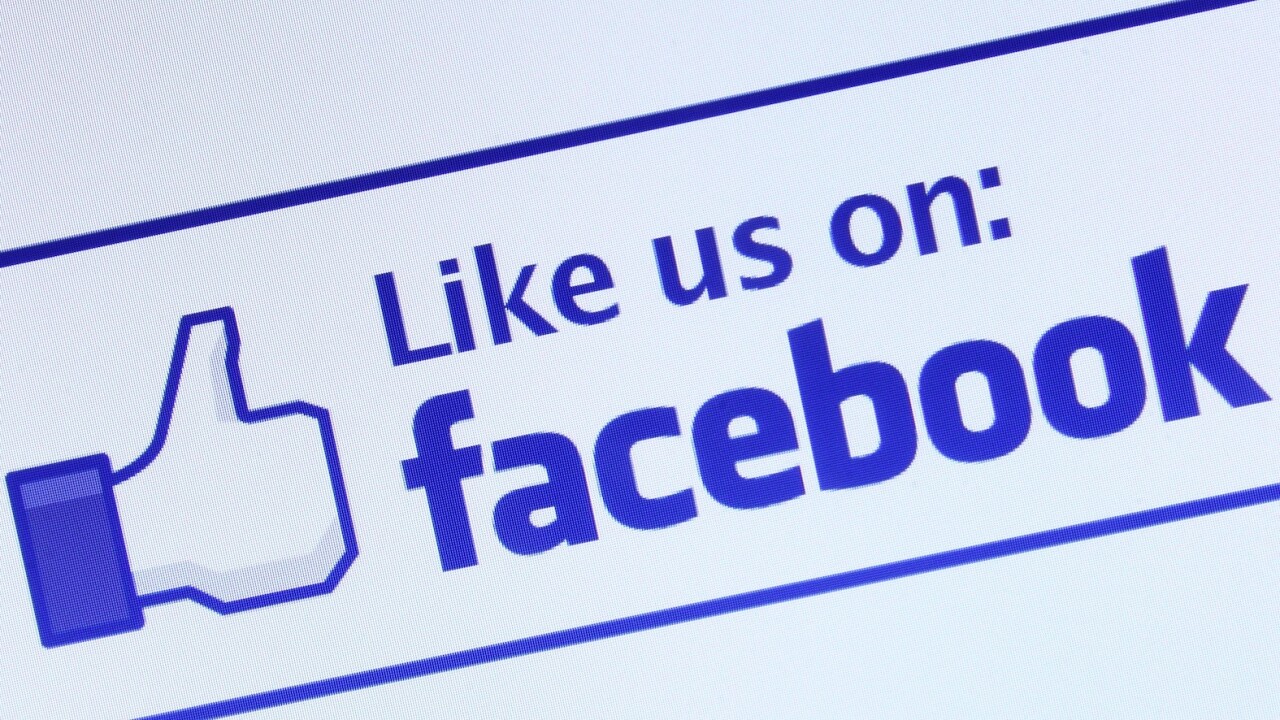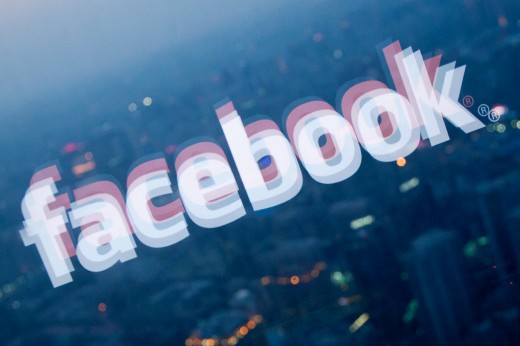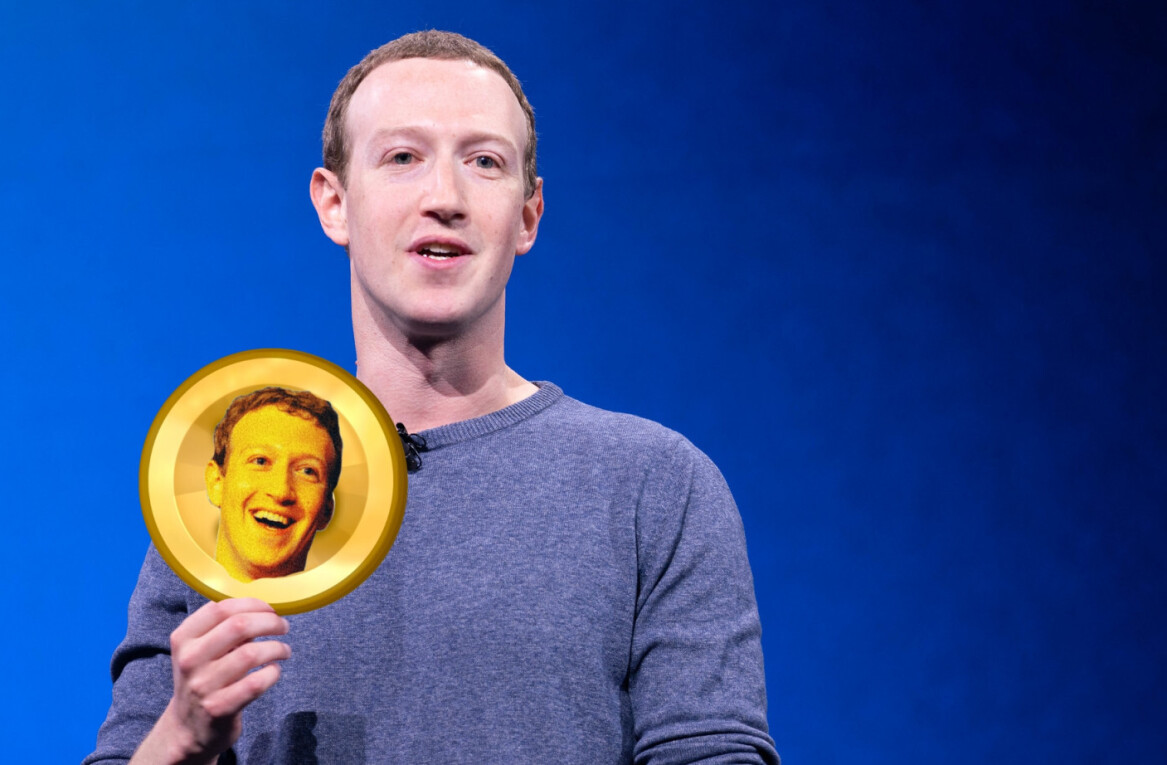
Organic growth for digital marketers is in steep decline. Brands shake in their boots at the prospect of Google making further major changes to its algorithms, and marketers struggle to keep up with the impact of those changes. Recently, its new mobile-friendly ranking factor algorithm has led to hysteria dubbed ‘mobilegeddon’.
Marketers like to feel they are in control. If you were to grant marketing teams three wishes, control over audience reach, and brand visibility would feature. But with Google and Facebook doing hundreds of updates to their algorithms each year, real doubt has been cast over this, and the ability to reach out to consumers and grow organically has fallen dramatically.
Many marketers will see this as a worrying time, but actually it’s an opportunity. Think of the situation like this – the industry is at a bit of a crossroads and with the right guidance and technology in place, the path to success will become much clearer. Brands must prepare themselves for a life without organic reach.
The end of organic reach?
As well as Google, marketers also have to grapple with Facebook’s algorithmic updates. More than 757 million users log-on to the social network each day so the potential reach for brands is colossal. In the early days, the ability to build communities of fans, and then maintain contact and encourage engagement using content published to fans’ News Feeds was seen as a huge opportunity.
But just when everything seemed to be going so swimmingly, Facebook put up a big stop sign and restricted the level of content published from brand pages to about 16 per cent in 2012. According to research by Ogilvy, by December 2013, further algorithm changes reduced reach to 8.7 per cent, and in February last year, that figure plummeted to an all time low of just 6 per cent.
For big brands the situation is even worse – pages with more than 500,000 ‘Likes’ have found organic reach fall to two per cent.
So who knows when this figure will hit zero? It may be sooner than we think if Facebook continues to roll out algorithmic updates like the one we saw in January. To choose which stories to display, the new system ranks each possible story by looking at thousands of factors relative to each person. This means that when you click send on a post, it may now be filtered out.
For example, out of 1,500 posts a user could see when they log on, the News Feed will now display only 300 or so. As more and more businesses and users post and share articles, videos and pictures, the chance of a key promotion, perhaps the launch of an e-commerce brand’s new clothing line, not reaching your desired destination grows.
To make matters worse it also appears that users are tired of seeing such posts. According to a recent survey by Facebook itself, audiences want to see less promotional content, meaning referral traffic for most brands could start to decline even further. And we all know how Facebook listens intently to its consumers. That zero figure is looming large.
RIP mass marketing
If Facebook is no longer the profitable, accessible tool it once was, what does it offer to brands? Many will view the social network as another paid channel but with budgets becoming tighter, the latest situation brings up an old conundrum; why would one pay for something they’ve had for free for so long? Brands know their audiences are there, talking away on Facebook, but becoming part of the conversation is proving very tricky.
Users have also become wiser. They are aware of the potential communications they can block so while brands strive for transparency they are finding it harder to control their online message as privacy laws become tighter. This adds to the lack of control and an inability to steer mass marketing via the social network.
Yet Facebook fans just can’t be ignored. They still have an incremental value, as proven by a ComScore study which found that one retailer’s Facebook fans were 27 per cent more likely than a control group to make a purchase in the four weeks following a paid campaign. However, this type of result is never guaranteed and can prove costly.
We would all love for our content to be shared regularly, reaching new profitable customers and to be talked about, but the truth is this is a fairytale today. Mass marketing isn’t the way forward; it’s no longer an efficient way of communicating with audiences.
We know that consumers want a relationship with their favourite brands, and to be valued and understood, and as such, they expect brands to treat them as individuals. “My favourites,” “wish list,” “recommended for you,” and “items you may like” are all common phrases that define today’s interaction between brands and consumers. This should be a signal that it’s time to wave goodbye to the days of mass marketing and say hello to one-on-one conversations.
Mass marketing can actually result in brands sending irrelevant communications and turning away customers. Our own research has shown that 52 per cent of consumers have been sent irrelevant offers, and that 37 per cent would disengage with brands that targeted them with poor communications.
Often without realising it, brands are turning off their highly profitable and loyal customers that research shows drive up to 40 percent of revenue. The thought of sending a loyal, profitable customer, or as we call them a “VIP”, details of a product that’s just gone into the sale but which they bought at full price, is spine-shudderingly embarrassing.
From ‘like’ to know
Instead brands need to take their customer data, and make sense of it all to target them with messages that are highly personal, and relevant to them. You’ve got to micro-segment your customers to truly establish the behavioural and buying patterns of each group.
Armed with this knowledge you’ll be ready to target audiences with appropriate campaign material at the most relevant point in their customer journey to try and win them back, or even better, make them loyal, repeat purchasers. There’s a reason that only paid social posts get targeting options – that’s where the value is!
Digital marketers have long craved the ability to make informed decisions on spending to convert, retain or win back customers and the technology exists now to do this. By using Smart Metrics technology, brands now have the power to make smarter decisions about specific customer segments to drive loyalty, revenue and growth.
Long live Facebook
Despite all the difficulties caused by changing algorithms, if we think of the situation as a crossroads, deciding where your future lies will become much clearer. Take a left at the crossroads and you can continue on the mass marketing, headache-induced route that’s full of consumers and competitors, all shouting over one another to have their say. Take a right and you will be greeted by each customer, eager to talk to you and ready to listen.
By using the Smart Insight data on their customers’ behaviour from their website, Social Ads allows marketers for the first time to automatically make full use of their own customer behaviour and lifecycle data in Facebook.
Using this data, they can reach customers in real-time with more accurately personalised material and at a point in time when they are more likely to be receptive and make a purchase. Email responses, web behaviour, purchase history and product affinity can all be enhanced with Facebook’s own profile data to create a true one-to-one customer experience.
The social network can also be a profitable channel for acquiring new customers but what marketers struggle to do is turn non-responsive contacts and one-time buyers, into profitable customers. Facebook can also become a highly effective channel for retention marketing by breathing new life into other channels that may have failed to grab their audience’s attention.
It won’t be long before organic growth on Facebook hits the zero mark but this shouldn’t be a worry for brands. Being part of the conversation is vital today but the focus must be on treating your customers as individuals. We know that this approach works for email campaigns so it’s time to take it to Facebook.
By understanding behaviours in real-time and developing relevant personalised content, brands can harness the power of social media to win customers back, while cultivating fresh business opportunities. The technology is here to fully integrate Facebook with marketing campaigns, and digital marketers should make sure they are fully equipped and ready to take on the opportunities this presents. It’s time to bring back some control and get personal on Facebook.
Read Next: The secret psychology of Facebook
Image credit: Shutterstock
Get the TNW newsletter
Get the most important tech news in your inbox each week.









